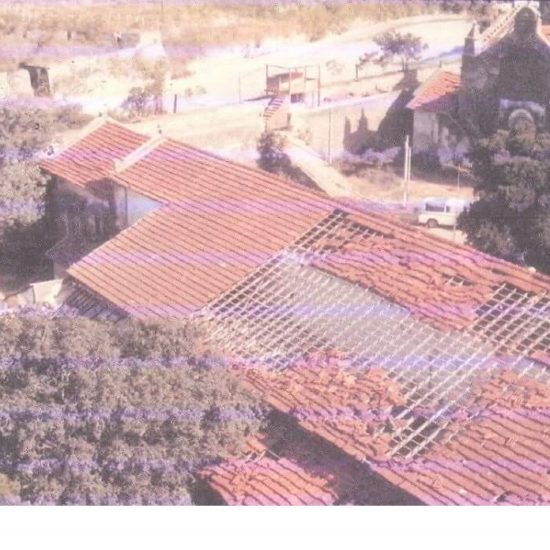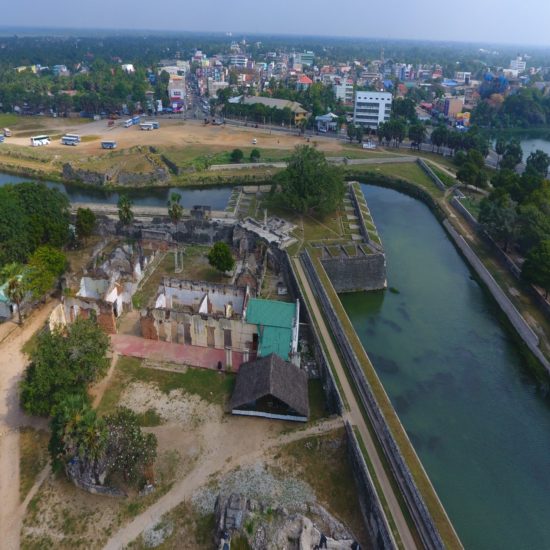Jaffna
per person
Jaffna peninsula represents the northern part of Sri Lanka. According to archaeological research done so far it has been confirmed that there had been human activities in the pre-historic periods in this region. According to written records Jaffna peninsula is mentioned for the first time in connection with the second visit of the Buddha to Sri Lanka.
In the historic period Jaffna became famous because of the Jambukolapatthana (Dambakola Patuna) port. After the introduction of Buddhism to the country during the reign of King Devanampiyatissa the envoys including Arittha left for the Maurya kingdom of Asoka and returned from the Dambukola Patuna. Similarly Bhikkhu Fa-hsein (411-413 AC) arrived in Sri Lanka from this port. Mahavamsa mentions that when the Sri Maha Bodhi was brought by Theri Sanghamitta she arrived at this port along with the members of the 18 guilds. Among the ports in Jaffna, Uratota or Kayts port is historically important. The northern kingdom gained supremacy with the subjection of Sinhalese kings by Pandyan aggressions at the end of the 13th century. It became further dominant after the Magha invasions. Magha ruled for 21 years and Chandrabanu invaded Sri Lanka in 1245 and ruled the Jaffna peninsula for 18 years and subsequently it came under Chola rule for 77 years from 993-1070 AC.
When the Portuguese consolidated their power in the Maritime Provinces Jaffna was ruled by Mekarasasekaran alias Sankili who came to power in 1579. Portuguese declared war against Sankili. The Portuguese contingent who went to Jaffna in 1618 captured Jaffna. By 1658 the Dutch captured power in Jaffna. During the Dutch period their administration was done under three centres, viz, Colombo, Galle and Jaffna. In 1795, the English captured power in Jaffna and they maintained Jaffna fort as an administrative centre.
Against this historical background many Hindu and Buddhist colonial heritage sites are scattered all over Jaffna. Particularly, there are many islands centred on the peninsula and the archaeological heritage in those islands too is preserved up to now.
Action was initiated in 2016 by the Central Cultural Fund to conserve this archaeological heritage, which was caught between ethnic disturbances for 30 years, and to institute heritage management methodology so that the public could view such heritage sites.


















